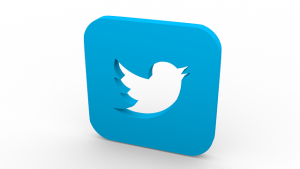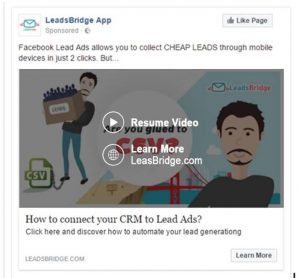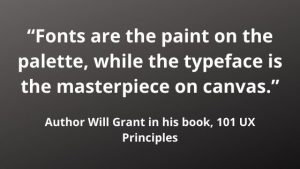
Native advertising has become a major focus in recent years as marketers have looked for new ways to connect with audiences who have become too savvy – and too leery – of the advertising methods that had once been successful.
Many people now use specialty software to block ads from even appearing on the websites that they visit. How can your ads be successful if people can’t even see them?
Therefore, many brands have started using native advertising like sponsored posts and giveaways that don’t trigger the attention of these ad blockers. Native advertising is also more likely to be embraced by people who recognize it as sponsorship because it is more in-depth and engaging.
Just like all marketing strategies, native advertising has evolved. Now, the big focus for US native advertising is video. Here’s what you need to know:
In-Feed Video is Big for Facebook
Traditionally, when videos appear in the newsfeed on Facebook, they appear as thumbnails with a link. Users have to click on the link to go to a site that hosts the video, or they have to click on the play button to watch the video.
Facebook has fine-tuned its offerings by creating in-feed video that automatically starts playing when people have the video on screen. They don’t have to click on anything for the video to start playing.
Users do have to click on the video to activate the sound, but marketers have developed a solution to that challenge by adding plenty of subtitles, headers, and other graphics to the video to make it easy for people to follow along even if they never start the sound.
When the video starts and those words start scrolling on screen, it can be enough to hook people who may have never watched the video with the traditional presentation.
Native Video Ads Attract Millennials the Most
Millennials are a challenging lot for marketers.
They are the most comfortable with technology, which can make it easier to connect with them in a variety of innovative ways. However, that tech-savvy also makes them more cognizant of – and suspicious of – marketing efforts directed at them.
Millennials are more likely to shut down your ad or click off of your sales page before it ever gets the chance to land. They recognize ads quickly, and they are likely to reject them out of hand just because they are ads – even if they have something of value to offer.
But native advertising, and particular native video advertising, has proven to be the most successful with millennials. It reflects the way millennials are most used to getting information, and it takes a more sophisticated approach that seems more authentic.
Video is also more engaging, so it is more likely to attract and hold their attention.
Mobile Optimization is a Priority
Not only are people finding ways to cut ties with traditional advertising, but they are also cutting ties with their desktop and laptop computers. More people are choosing mobile and the freedom it provides to access their online information.
Video can put a lot of demand on a page, causing it to load slowly if the video is not formatted correctly. This becomes an even bigger problem for mobile users, who want information on-the-go and fast. It is even more important to make sure that your video will load quickly and play without interruption.
You also need to format the video so that it is an appropriate size for the mobile screen. Everything in the video, right down to the graphics and the other small details, need to be large enough to be easily visible on the smaller mobile screens.
Honesty is Tantamount
Part of the reason that so many people have rejected traditional advertising is that they feel it is deceptive.
How many times have you read or heard big promises in an ad and then got the product and was disappointed by its performance?
Advertising lingo has become so cliché that most of us can spout it without hesitation. We’ve become desensitized too it because it sounds like a whole lot of empty promises.
If native advertising is to continue to be successful, it must not make the same mistakes. Do not lie or mislead your users in your headlines or your content.
Don’t promise to tell some inspiring story in your video, only to lead into a product pitch after a flimsy anecdote. Do not promise to share a tutorial and then show something that everyone would be able to figure out how to do on their own with a little brainstorming and then share links to your products.
Users will see through these strategies, and then they will start to disregard these advertisements like they do all the others.
Make native video advertising work for you. Study the strategies that work, and start employing this format heavily in your advertising campaigns. You’ll soon get the results you need.
Digital & Social Articles on Business 2 Community(85)
Report Post




